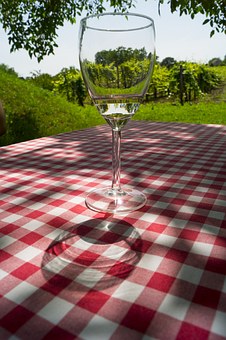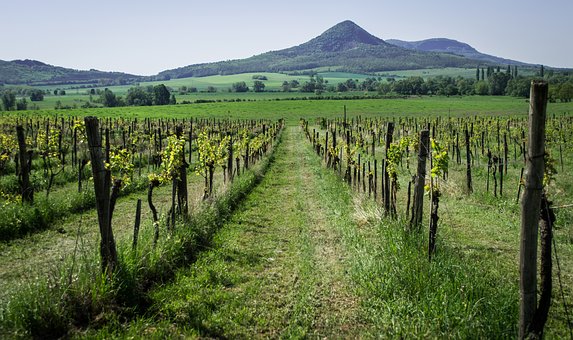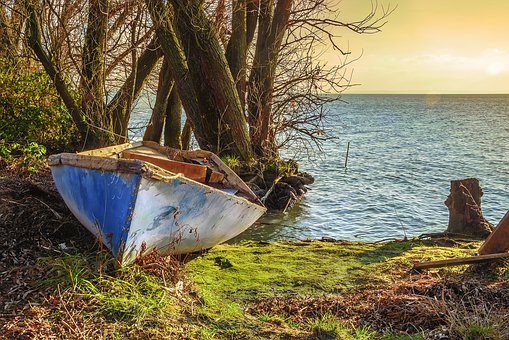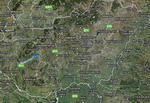
Not
Just Known for Goulash: A Tour of Hungarian Wines
Goulash and Zsa Zsa Gabor---that
about sums up Hungarian culture for many Americans. Thankfully, thatís
not all Hungary has to offer. With over 500,000 acres of land used for
grape growing and wine production, as well as 22 distinct wine regions,
Hungary is home to some excellent yet largely undiscovered wines---or as
the Magyars call them: bor.
The countryís tradition of
winemaking has spanned more than a thousand years. It even survived the
Communistsí wreaking havoc on Hungaryís wine culture. Many wineries and
vineyards were destroyed during Communism. "Fortunately, there remained
a core [group of aficionados] in our society, for whom winemaking is a
moral question --- something that must be kept alive, --- rather than merely
a good business," says Balint Losonci, Editor of Borbarat Magazin, a leading
Hungarian wine publication. "And that is a precious heritage, one which
must be revitalized."
 And
an increasing number of wine producers and loyal consumers are attempting
to do just that. "There has been growing emphasis on quality by many young
consumers," Losonci explains, "there are many newborn wine-clubs and wine
routes." And
an increasing number of wine producers and loyal consumers are attempting
to do just that. "There has been growing emphasis on quality by many young
consumers," Losonci explains, "there are many newborn wine-clubs and wine
routes."
And rightfully so: there
are hundreds of private Magyar wineries and thousands of winemakers. Hungarian
wines are comparable to other Eastern and Central European ones, and much
of that resemblance is attributed to similarities in climate and wine preparation
methods.
Take the acclaimed Tokay
Aszu, for example, a sweet white table wine made in the wine district of
Tokaj. Situated on the banks of Lake Balaton, this hillside region is Hungaryís
greatest grape producer. The melodiously sweet wine is a favorite in Central
Europe and is similar to some German rieslings. "It is concentrated, unique
and has a fantastic sweetness-acidity balance that is unrivaled in the
world," says Losonci. According to fable, Franz Joseph gave bottle upon
bottle of Aszu to Queen Victoria on her birthday. Even old Louis XIV termed
Tokay "the wine of kings; the king of wines."
The process of making Tokay
Aszu is particular and tedious. After the must is perfected, small cloth
containers are filled with the sweet pulp and juice of Aszu grapes and
added to the wine. The value of Aszu is measured by the number of puttonys,
or containers of pulp added---the more puttonys, the better the wine. Aszu
is sold in two to six puttonys. The six puttonys, aptly named Tokay Essence,
is rarely made and usually reserved for the winemakerís best friends, celebrities,
heads of state, and the like.
An excellent full-bodied
red to try is Egri Bikavér, or Bullís Blood of Eger. Legend says
that Bikavér came in handy during the Turksí occupation of Hungary.
In 1552, the long-bearded Ali Pasha and over 100,000 of his soldiers attempted
to take over the fortress of Eger.

Bikavér-drinking Magyar
soldiers Ė all 2,000 of them Ė triumphantly defended the fort. Much of
their success is attributed to Bullís Blood and its legendary powers to
turn even the weakest of men into heroes. As such, this hearty wine is
not for sissies, pansies or cowards. Turks may drink it in moderation.
For something different,
try the semi-light Badacsonyi Szürke Barát, or Grey Friar of
Badacsony, a delightful Pinot Gris. Or opt for Hajos-Bajai Kekfrankos Ausbruch,
a ripe, fruity and rich red.
With great taste and ample
variety, itís a wonder Hungarian wines are not more popular around the
world. The problem is in marketing and production, says Losonci. "Every
wine region [that is] successful has to make its reference wine."
The focus has shifted from
mass wine production to uniqueness and quality, resulting in increased
interest from foreign investors. New products are being tested and developed,
their quality at par with other Western wines. Once those new bottles are
marketed, Magyar wines will popularize.
"Until then, [the focus is]
on wine tourism, as there are some wonderful sights and places in our country
with added wine-culture," Losonci explains. Lake Balaton is a prime example:
a place frequented by foreign visitors for its beautiful scenery and soothing
waters, the mountainous terrain surrounding the Lake is also home to some
of the countryís best vineyards and winemakers. Tourism will not only bring
potential consumers, but also introduce Hungarian wines to potential investors,
many of whom are finally getting familiar with Magyar culture.

Quality Hungarian wines are
a lesser-known option for wine aficionados who crave something different.
With better marketing and newfound focus on quality, Magyar wines are sure
to become more popular in the near future. After all, as the Magyars say,
"A Magyar bor verre valik"---"Wine made in Hungary turns into blood upon
consumption."
Top
By Ursula Furi-Perry www.buzzle.com/authors.asp?author=286 |




 And
an increasing number of wine producers and loyal consumers are attempting
to do just that. "There has been growing emphasis on quality by many young
consumers," Losonci explains, "there are many newborn wine-clubs and wine
routes."
And
an increasing number of wine producers and loyal consumers are attempting
to do just that. "There has been growing emphasis on quality by many young
consumers," Losonci explains, "there are many newborn wine-clubs and wine
routes."

